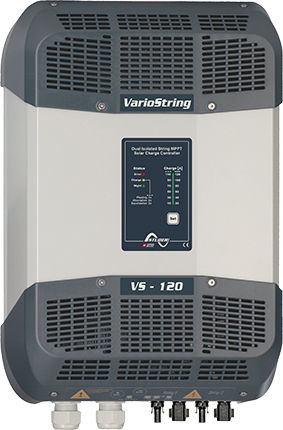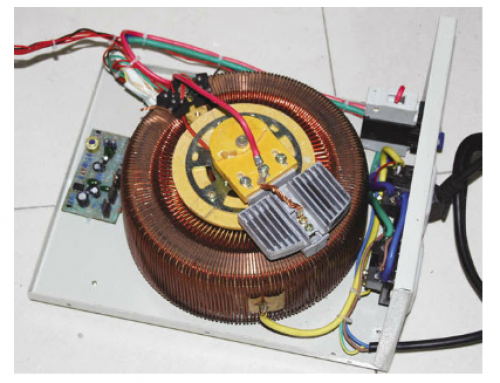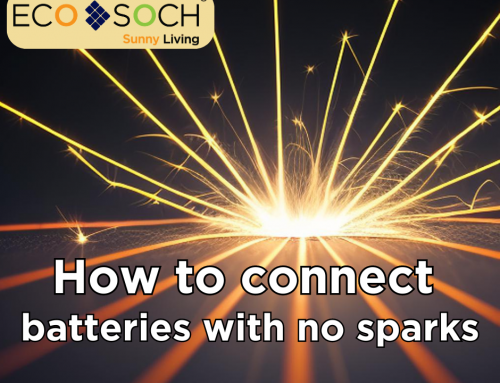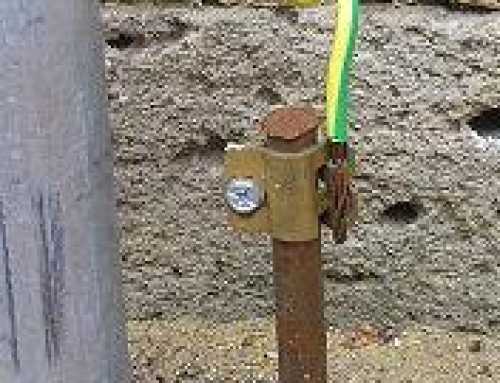Let’s take an energy source like a battery or a PV module. When you draw no current from it, the voltage at it’s terminals is called it’s open-circuit voltage. When you connect any electrical load to it, current flows through it and it’s terminal voltage decreases because some power is wasted by it’s internal resistance. When you short-circuit it, then it supplies the greatest current, limited only by it’s internal resistance. That is called it’s short-circuit current. Real loads have a resistance which reduces the current that flows through them. We say Brahmaputra is a powerful river because of the pressure as well as the water current. The power that an electrical energy source supplies is a product of the voltage at it’s terminals and the current flowing out of it. The more current you draw from the source, the smaller the terminal voltage will be, because of the voltage drop across it’s internal resistance. In the Current Vs Voltage graph there is one point at which the Power = Voltage*Current is the greatest. That is not the open-circuit voltage times the short-circuit current. When we connect a PV module to a battery the situation becomes a little more complex, because the battery is a load for the PV module but a source for the rest of the circuit. As the voltage of the battery drops with discharge and load current, the input voltage to the battery has to be constantly adjusted so that maximum power is delivered to the electrical load. That’s why we need MPPT charge controllers, though they increase the cost of our system.







Leave A Comment
You must be logged in to post a comment.